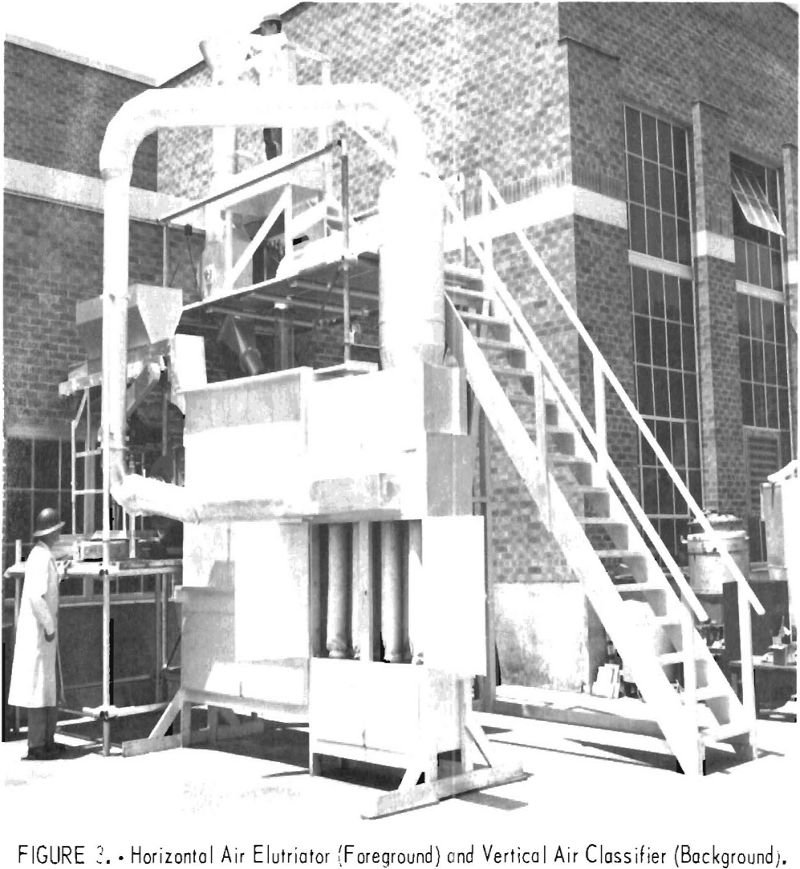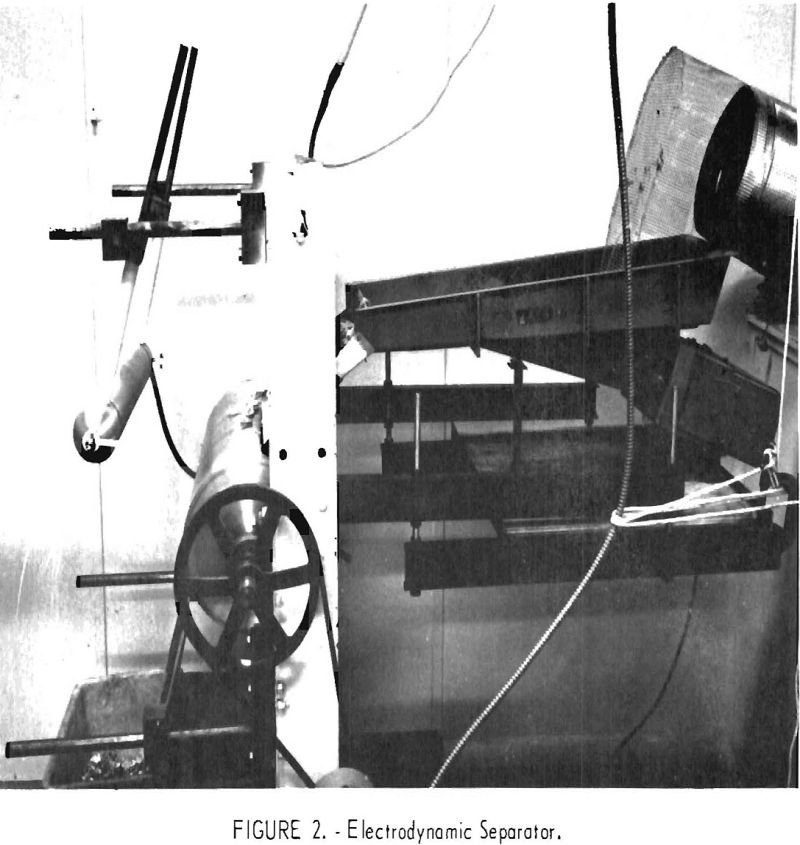How to Recover Nonferrous Metals from Auto Shredder Rejects

Two major methods are available for effective recycling of metallic values in discarded automobiles. The first of these is the incineration, din- mantling, and baling or baling-shearing method. The economics of this operation were reported in 1969. The second procedure is that of shredding, in which a partially dismantled automobile less radiator, battery, tires, differential, […]
How to make Bricks from Mill Tailings

Most of the primary copper produced in the United States is derived from porphyry-type ore deposits located in Arizona, Montana, Nevada, New Mexico, and Utah (Intermountain States). In milling these low-grade ores to produce a smelting-grade concentrate, enormous tonnages of finely ground tailings are discarded. The vast accumulation of these wastes from past operations and […]
High Pressure Water Jet to Cut Concrete

Where water is abundant, hydraulic mining of placer deposits is usually the least expensive extraction system. In the past, large volumes of water were required, and pressures rarely exceeded 100 psi. The system fell into disfavor because of the excessive amount of silt and debris returned to streams. With the development of more efficient pumps […]
Use Recycled Waste Glass as Flux for Clay Firing

The Bureau of Mines Tuscaloosa Metallurgy Research Laboratory is conducting waste utilization research concerned with the development of building products from metal-free inorganic materials separated from municipal incinerator residues in the Bureau’s continuous residue-processing plant at the Edmonston Laboratory of the College Park Metallurgy Research Center. This is the third in a series of publications […]
Hydrochloric Acid Leaching Trisodium Phosphate, Zinc

As part of its solid-waste research, the Bureau of Mines is engaged in a broad program to develop low-cost processes for recovering and recycling metals and minerals from a variety of industrial wastes. One benefit is the alleviation of pollution associated with many of these wastes. The phosphate coating of metals is widely used in […]
How to Recover Aluminum & Precious Metals from Electronic Scrap

Our Solid Waste Program is directed toward three main areas of research: (1) Extraction of mineral, metal, and energy values from urban refuse; (2) recovery of mineral and metal values from wastes generated in the industrial utilization of raw materials and mineral-base products; and (3) upgrading and utilization of automotive scrap. The objective of this […]
Recovery of Silver and Mercury by Electrolytic Oxidation

Silver was one of the first metals known to man, and metallurgical processes for the recovery of silver from ores date back into antiquity. Mercury amalgamation and retorting to recover metallic silver from slags, mine tailings, and scrap were in common use by the end of the 15th century. In 1557, the Patio process was […]
Electrodynamic Separator

Several years ago, the Bureau of Mines initiated a program to develop effective methods for reclaiming and recycling metal and mineral values contained in urban solid waste. The Bureau’s initial work at its College Park (Md.) Metallurgy Research Center dealt with establishing reliable methods for sampling and characterizing the residues left from the incineration of […]
Small Scale Metal Recycling Plant & Equipment

Of the 220 million tons of refuse collected annually in the United States, it is estimated that about 30 million tons are incinerated, generating about 7 million tons of residues. In previous work, the Bureau of Mines developed a continuous mechanical process capable of converting 85 percent of municipal incinerator residues into potentially useful products. […]
How Plastic is Recycled

This is the age of plastics. Plastics are rapidly replacing metal, glass, and wood in parts of appliances, automobiles, prepackaged consumer goods, pipe, beverage containers, and furniture. The total sales of U.S. plastic for 1972, as shown in figure 1, was 24.19 billion pounds versus 19.9 billion pounds during 1971, an increase of over 20 […]
